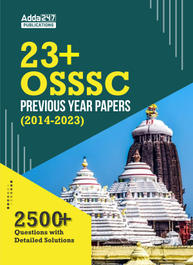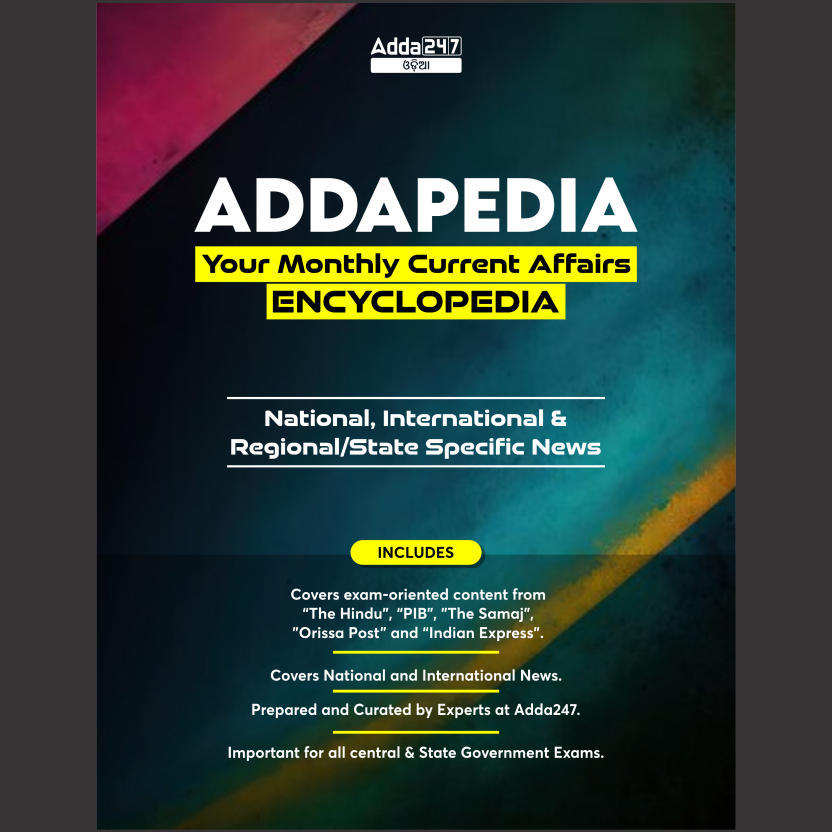Environmental awareness and climate-related knowledge are crucial for candidates appearing in exams such as OSSSC LI (Livestock Inspector), Forestor, and Forest Guard. Here are the top 30 multiple-choice questions with answers to help you prepare for these exams at a moderate difficulty level:
Top 30 Environment and Climate MCQs for OSSSC LI, Forestor, Forest Guard Exams
A solid understanding of environmental concepts and climate-related issues is essential for candidates preparing for OSSSC LI, Forestor, and Forest Guard exams. Regular practice with these multiple-choice questions will not only enhance your knowledge but also improve your chances of scoring well in the examination. Good luck with your preparation!
- What type of rainfall is most prevalent in equatorial regions like India?
- A. Cyclonic
- B. Convectional
- C. Elusive
- D. Orographic
- Answer: B. Convectional
- With which of the following is rainfall in India not associated?
- A. Orography
- B. Convection
- C. Cyclones
- D. Anticyclones
- Answer: D. Anticyclones
- Which part of India receives rainfall from both the South-West and North-West monsoons?
- A. Tamil Nadu
- B. Odisha
- C. Lakshadweep Islands
- D. Andaman and Nicobar Islands
- Answer: D. Andaman and Nicobar Islands
- Which characteristics are associated with the dry monsoon forest of India?
-
- Annual rainfall is below 50 cm
- A. 1 and 2
- B. 2 and 4
- C. 3 and 4
- D. 1, 2, and 3
- Answer: C. 3 and 4
-
- In which areas of annual rainfall are the Paddy fields of India located?
- A. 120 cm
- B. 140 cm
- C. 100 cm
- D. 80 cm
- Answer: C. 100 cm
- Which of the following Indian states receives a significant amount of rainfall through orographic means?
- A. Rajasthan
- B. Punjab
- C. Meghalaya
- D. Gujarat
- Answer: C. Meghalaya
- The Western Ghats play a crucial role in enhancing rainfall in which region of India?
- A. Western Rajasthan
- B. Northern Plains
- C. Deccan Plateau
- D. Eastern Coastal Plains
- Answer: D. Eastern Coastal Plains
- Which monsoon is responsible for bringing rain to the northwestern parts of India?
- A. Northeast Monsoon
- B. Southwest Monsoon
- C. Winter Monsoon
- D. Summer Monsoon
- Answer: B. Southwest Monsoon
- The term “Agro-climatic Zone” in India refers to regions with specific climatic conditions suitable for which activity?
- A. Mining
- B. Agriculture
- C. Tourism
- D. Manufacturing
- Answer: B. Agriculture
- Which of the following Indian states experiences a tropical wet and dry climate?
- A. Jammu and Kashmir
- B. Assam
- C. Maharashtra
- D. Kerala
- Answer: C. Maharashtra
11. Which region gets the first monsoon in summer?
- A. Himalayas
- B. Western Ghats
- C. Eastern Ghats
- D. Gangetic Plain
- Answer: B. Western Ghats
12 . The northeastern hills that block the South West Monsoon winds and cause heavy rains in Assam are:
- A. Arakan Yoma and Pegu Yoma
- B. Garo Khasi and Jaintia hills
- C. Barail and Patkai hills
- D. Khasi and Pegu Yoma
- Answer: B. Garo Khasi and Jaintia hills
13. The average annual temperature of a meteorological station is 26°C, its average annual rainfall is 63 cm, and the annual range of temperature is 9°C. The station in question is ________
- A. Allahabad
- B. Chennai
- C. Cherapunji
- D. Kolkata
- Answer: B. Chennai
14. The term “Monsoon” is derived from the Arabic word “mausim,” which means:
- A. Season
- B. Rain
- C. Wind
- D. Storm
- Answer: A. Season
15. The Himalayan mountain range significantly influences the climate of India by:
- A. Blocking cold winds from the north
- B. Enhancing rainfall in the Gangetic Plain
- C. Creating a rain shadow effect
- D. All of the above
- Answer: D. All of the above
16. The coastal city known for its tropical wet climate and high humidity levels is:
- A. Jaipur
- B. Visakhapatnam
- C. Bhopal
- D. Amritsar
- Answer: B. Visakhapatnam
17. The Leeward side of a mountain range is also known as:
- A. Windward side
- B. Rain shadow side
- C. Monsoon side
- D. Coastal side
- Answer: B. Rain shadow side
18. The region in India experiencing the “Retreating Monsoon” is:
- A. Western Ghats
- B. Himalayan foothills
- C. Eastern Coastal Plains
- D. Northwestern Plains
- Answer: C. Eastern Coastal Plains
19. The term “Agro-climatic Zone” refers to:
- A. Regions with specific climatic conditions suitable for agriculture
- B. Urban areas with industrial development
- C. Areas prone to natural disasters
- D. Coastal regions with high humidity
- Answer: A. Regions with specific climatic conditions suitable for agriculture
20. The major factor influencing the climate of Rajasthan is:
-
-
- A. Western Ghats
- B. Thar Desert
- C. Brahmaputra River
- D. Bay of Bengal
- Answer: B. Thar Desert
- Explanation: The Thar Desert is a major factor influencing the climate of Rajasthan, making it arid and dry.
- Answer: C. Maharashtra
-
21. The reason for Rajasthan being deficient in rainfall is ________
- A. The monsoon fails to reach this area
- B. It is too hot
- C. There is no water available, and thus the winds remain dry
- D. The winds do not come across any barrier to cause necessary uplift to be cooled
- Answer: D. The winds do not come across any barrier to cause necessary uplift to be cooled
22. The extreme of temperature between summer and winter is quite low in the southern part of peninsular India mainly because ________
- A. The adjoining oceans moderate the temperature
- B. The sky is generally cloudy
- C. The sun’s rays are almost vertical throughout the year
- D. Strong winds flow throughout the year
- Answer: A. The adjoining oceans moderate the temperature
23. The term “Rain Shadow Effect” is associated with which region in India?
- A. Western Ghats
- B. Eastern Ghats
- C. Thar Desert
- D. Himalayan Foothills
- Answer: C. Thar Desert
24. The windward side of a mountain range is characterized by ________
- A. High rainfall
- B. Low temperature
- C. Dry conditions
- D. Strong winds
- Answer: A. High rainfall
25. The term “La Niña” is associated with ________
- A. Increased ocean temperatures
- B. Weakening of the monsoon winds
- C. Cooler than normal sea surface temperatures
- D. Enhanced monsoon rainfall
- Answer: C. Cooler than normal sea surface temperatures
26. The Deccan Plateau is located between which two mountain ranges?
- A. Western Ghats and Eastern Ghats
- B. Aravalli Range and Satpura Range
- C. Vindhya Range and Satpura Range
- D. Eastern Ghats and Himalayas
- Answer: A. Western Ghats and Eastern Ghats
27. The “Thar Desert” is also known as ________
- A. The White Desert
- B. The Cold Desert
- C. The Great Indian Desert
- D. The Rain Shadow Desert
- Answer: C. The Great Indian Desert
28. Which river in India is known as the “Sorrow of Bengal”?
- A. Ganges
- B. Yamuna
- C. Brahmaputra
- D. Godavari
- Answer: C. Brahmaputra
29. The “Western Disturbances” in India are associated with ________
- A. Heavy rainfall in Western Ghats
- B. Winter precipitation in the northwestern parts
- C. Summer monsoon winds
- D. Cyclonic activity in the Bay of Bengal
- Answer: B. Winter precipitation in the northwestern parts
30. Which of the following states in India receives maximum rainfall during the Southwest Monsoon?
- A. Maharashtra
- B. Rajasthan
- C. West Bengal
- D. Tamil Nadu
- Answer: C. West Bengal

















